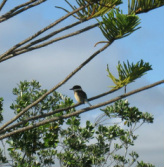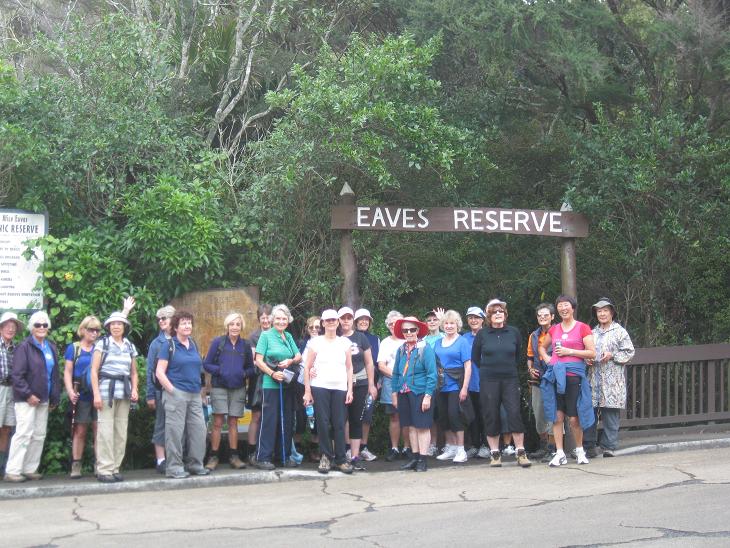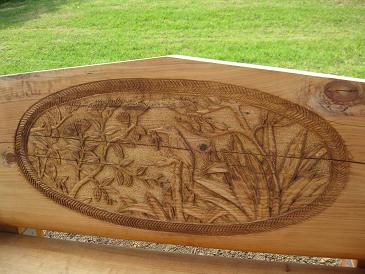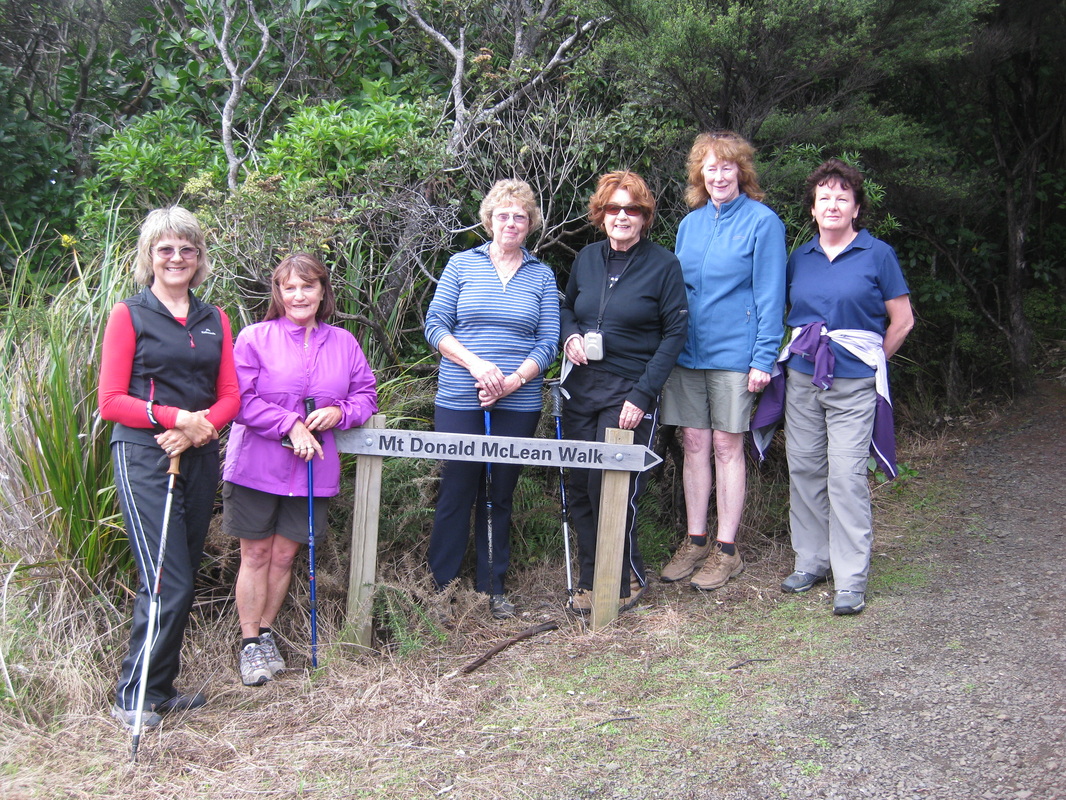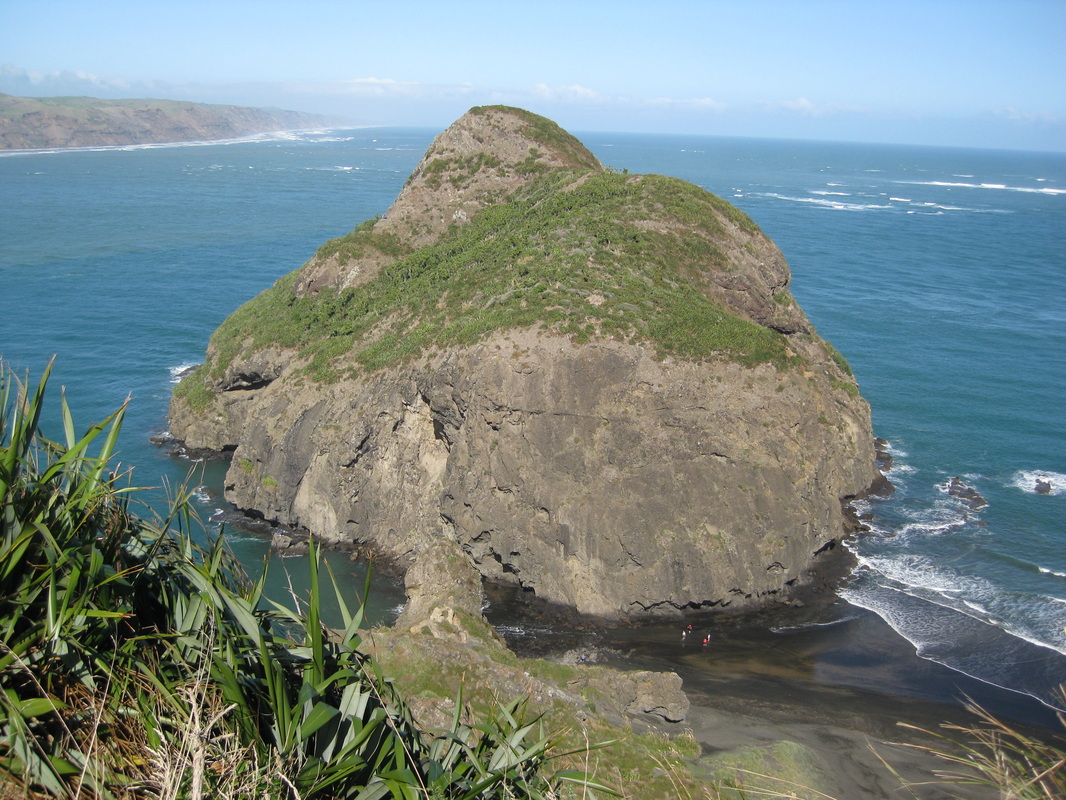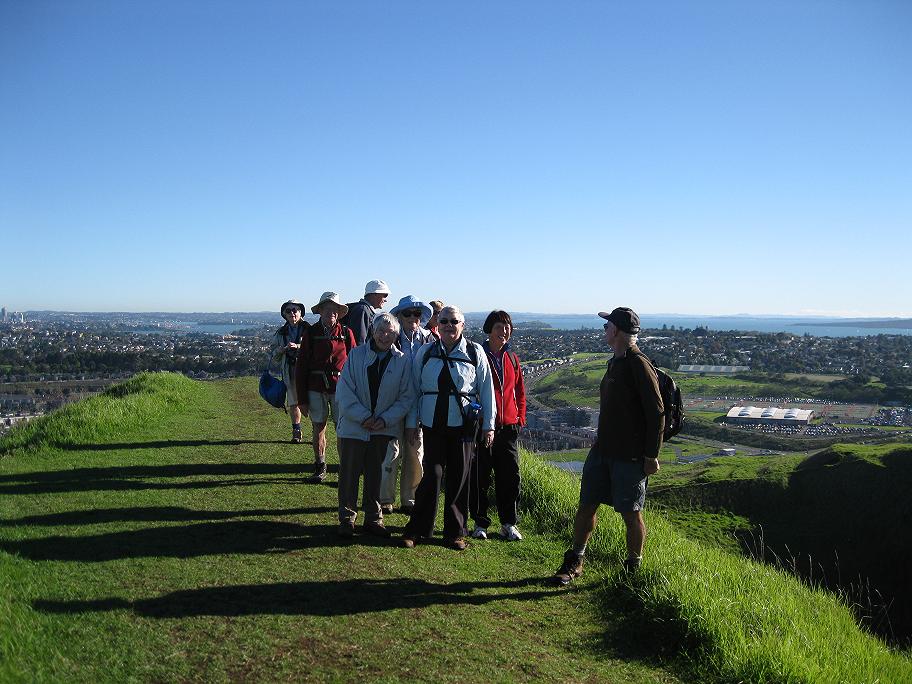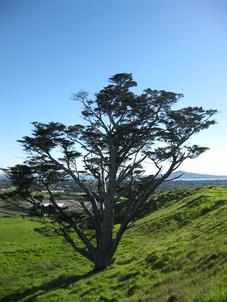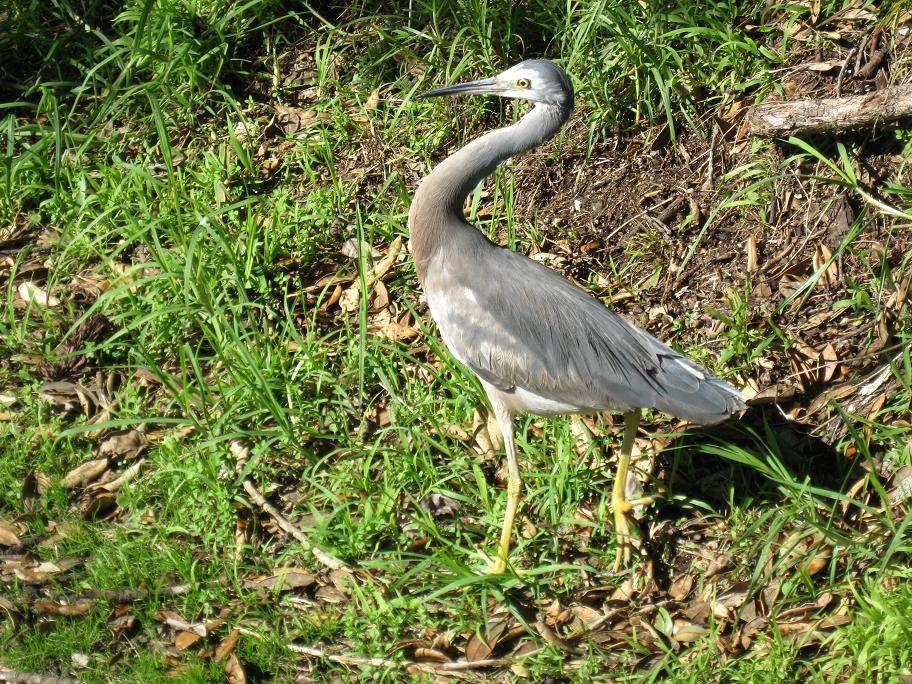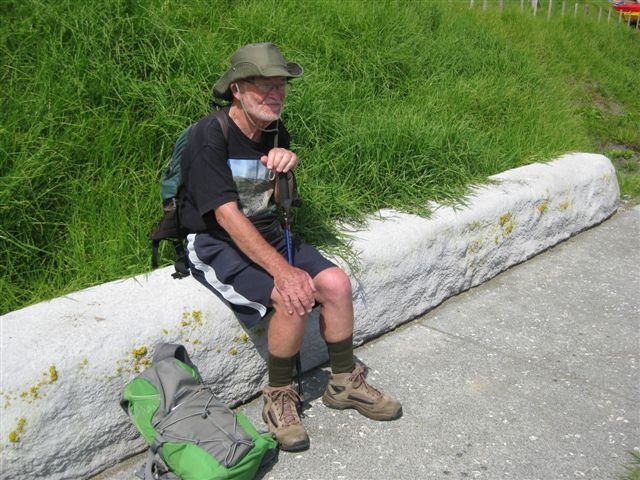Trip Reports April - May 2013
|
Two very different types of walks that day and both were satisfying for different reasons. Thank you to trip leader, Margaret. |
Whatipu Coast
|
|
Auckland's Volcanoes: Mt. Wellington
|
North Shore
26 May
We had a great day out with leader Des, starting at Narrow Neck Beach and heading for North Head. Like so many vantage points in Auckland, North Head is an extinct volcano. There were a series of eruptions here over 50,000 years ago and it is one of the oldest cones on the Auckland isthmus .
We had time to check out the North Battery which was built to defend the Rangitoto Channel, at the height of the
Russian scares in the 1880s. These defences were extended during both world wars. Three 8 inch (200mm) disappearing guns were mounted in concrete pits and one of these can still be seen today. We passed
through many tunnels and our torches came into good use.
We had time to check out the North Battery which was built to defend the Rangitoto Channel, at the height of the
Russian scares in the 1880s. These defences were extended during both world wars. Three 8 inch (200mm) disappearing guns were mounted in concrete pits and one of these can still be seen today. We passed
through many tunnels and our torches came into good use.
